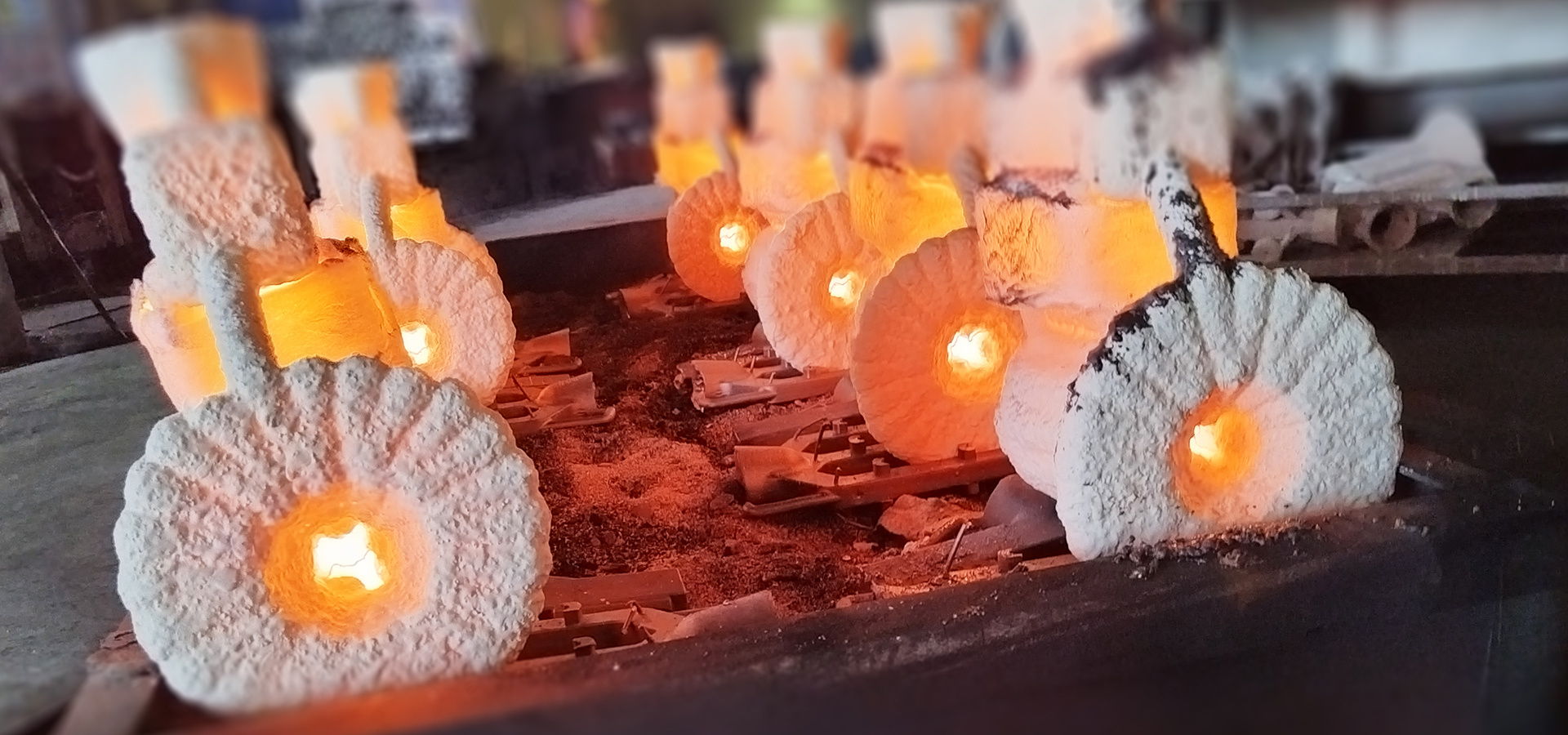Unlocking the Secrets of Investment Casting: A Comprehensive Guide
Release time:
Jun 06,2025
Introduction to Investment Casting
Ever heard of Investment Casting? It’s a manufacturing process that’s been around for ages, and trust me, it's got a lot more going on than you might think! Whether you're a seasoned engineer or just someone curious about how things are made, you’re in for a treat. So, grab a cup of coffee (or tea, no judgment here!) and let’s dive into the fascinating world of Investment Casting.
What is Investment Casting?
To put it simply, Investment Casting, also known as lost-wax casting, is a process where molten metal is poured into a mold to create complex shapes. This method allows for incredible precision and detail, making it a go-to technique in various industries, from aerospace to jewelry making. It’s like magic, but with metal!
A Brief History
Investment Casting has a rich history that dates back to ancient civilizations. The earliest evidence dates back to around 3000 BC in Mesopotamia, where artisans used similar techniques to create decorative items. Fast forward a few millennia, and here we are, using advanced technology to refine this age-old method.
How Does It Work?
Now, you might be thinking, "Okay, but how does this whole thing actually work?" Great question! The process typically involves several key steps:
- Pattern Creation: First, a pattern is made, often from wax or a similar material. This is where the magic begins!
- Mold Making: The pattern is covered in a ceramic shell to create a mold. Once set, the wax is melted away, leaving a perfectly shaped cavity.
- Pouring: Molten metal is then poured into the mold. The precision here is crucial; it's like threading the needle but with liquid metal!
- Finishing: After the metal cools and solidifies, the mold is broken away, revealing the final product, which often requires some finishing touches.
And voilà! You've got yourself a beautifully crafted piece of metalwork.
Why Choose Investment Casting?
Now you might be wondering, "Why should I care about Investment Casting?" Well, here are a few reasons:
- Precision: This method allows for intricate designs and tighter tolerances than many other casting methods. It’s like having a scalpel instead of a butter knife!
- Material Efficiency: Minimal waste is produced during this process. It’s a win-win for both your wallet and the environment.
- Versatility: Investment Casting can be used for a variety of materials, including stainless steel, aluminum, and even precious metals. Talk about flexibility!
Applications of Investment Casting
Investment Casting isn’t just a pretty face; it’s versatile too! Here are some industries that rely heavily on this process:
- Aerospace: From turbine blades to intricate engine components, precision is key!
- Medical: Surgical instruments and implants often utilize Investment Casting for their reliability.
- Automotive: Many engine parts and transmission casings are crafted using this method.
- Jewelry: Yes, even your favorite piece of bling might just have been made using this technique!
Investment Casting vs. Other Methods
So, how does Investment Casting stack up against other methods like sand casting or die casting? While each method has its pros and cons, Investment Casting shines in areas requiring high precision and complex geometries. It’s like comparing a fine wine to grape juice; both are great, but one just has that extra flair!
Final Thoughts
In conclusion, Investment Casting is more than just a manufacturing process; it's an art form that combines creativity and engineering prowess. Whether you’re designing aerospace components or crafting jewelry, this technique offers unparalleled precision and versatility.
So, the next time you see a finely crafted metal object, remember the magic of Investment Casting behind it. Who knew metal could be so fascinating?
Got questions? Want to share your own experiences with Investment Casting? Drop a comment below; we’d love to hear from you!






